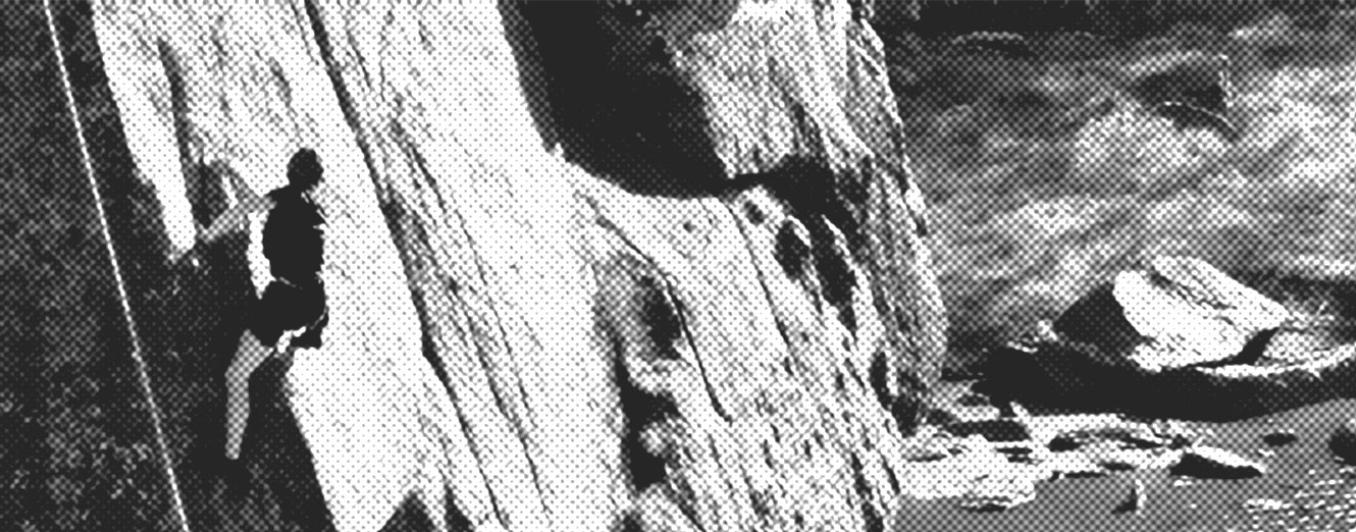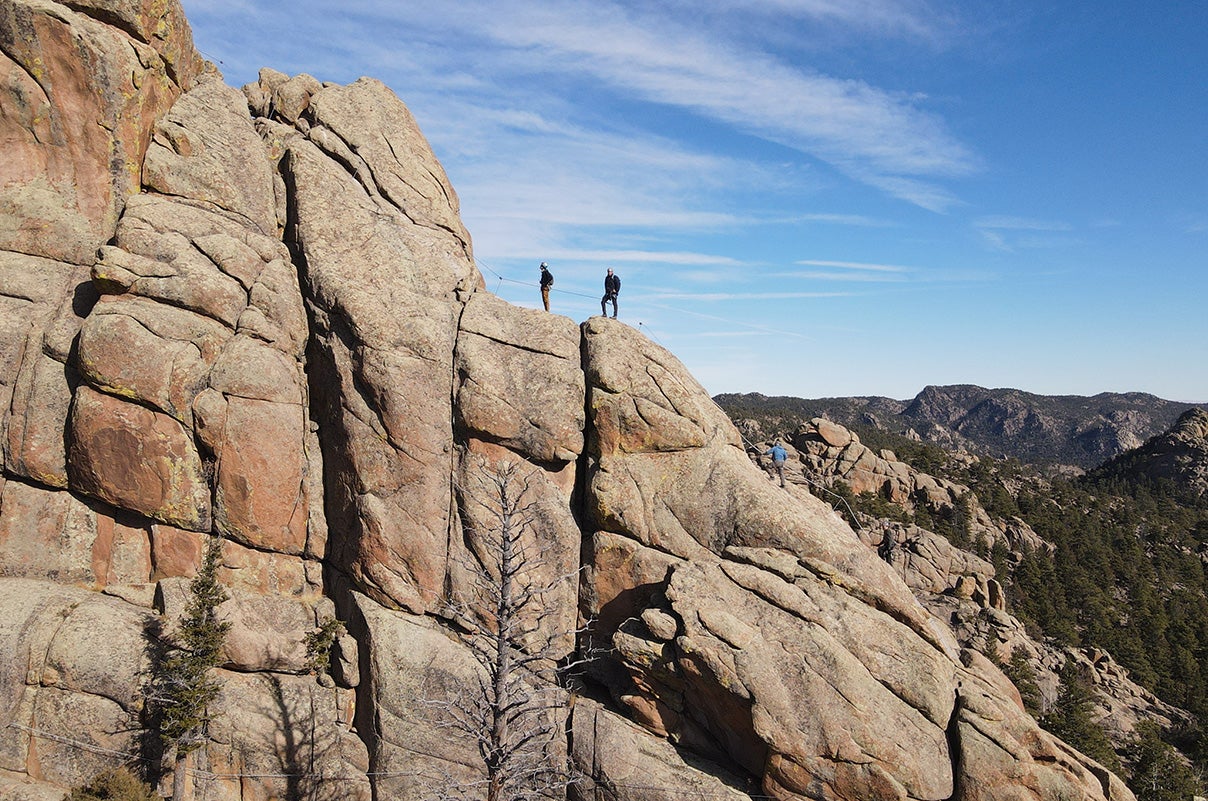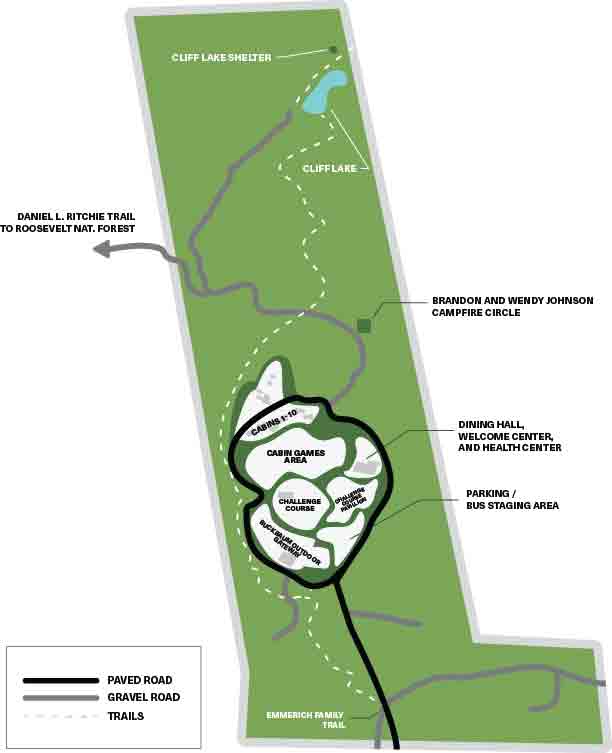Kennedy Mountain Campus is Calling You
Immerse yourself in the beauty of the Rocky Mountains at the University of Denver’s James C. Kennedy Mountain Campus. Whether you're a seasoned adventurer or new to Colorado's wilderness, our 730-acre campus offers activities and outdoor adventures for all experience levels.
Relax and rewind in nature or spend your days hiking, climbing and challenging yourself, while building resilience, skills and a deeper connection to the great outdoors. Whether you're here for a day or a weekend, the Kennedy Mountain Campus offers unforgettable experiences for everyone.

DU Outdoors

Hiking & Backpacking scenic Roosevelt National Forest trails

Archery & Axe Throwing at our on campus range

Rock Climbing & Bouldering the natural rock formations

Via Ferrata Climbing to unreal views of Cliff Lake

Indoor Climbing at the Bucksbaum Outdoor Gateway

Hammocking with your favorite book in the meadow

Engaging with friends over lawn games in the mountain air

Horseback Trail Riding at Sundance Ranch nearby

Challenging yourself and your team with ropes courses

Reflecting & Storytelling around the Johnson Campfire Circle

Yoga & Meditating in the tranquil sunshine

and more!
*Please note that some the DU Outdoors Activities are offered seasonally or will extend beyond the borders of the Kennedy Mountain Campus.
Adventure Awaits

Find Your Path at Kennedy Mountain Campus
Looking for a one-day personal retreat? Planning a team-building adventure weekend? Ready to create a transformative group experience? No matter your goal, we have a program designed just for you.
For Everyone
Kennedy Mountain Campus is located in Red Feather Lakes, CO a small unincorporated Rocky Mountain town in Larimer County. Friends near both of DU’s campuses are invited to request their own unique events.
For Groups & Organizations
Discover how the Kennedy Mountain Campus can enhance team dynamics, leadership, and innovation amidst the beauty of nature. Elevate your organization's potential today with our one-of-a-kind facility.
For DU Groups
The University of Denver's students, faculty, staff, and alumni have the option to design their own event or participate in our curated programs. Curate the 4D Experience to find growth both personally and professionally.












